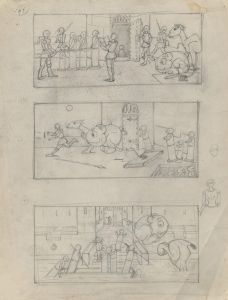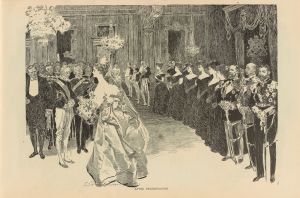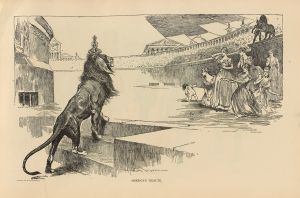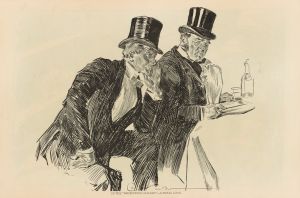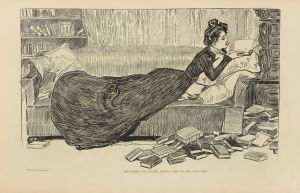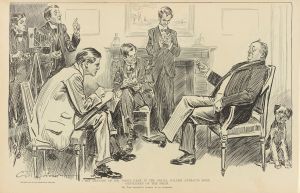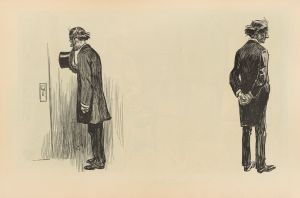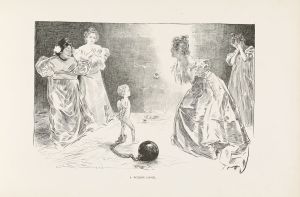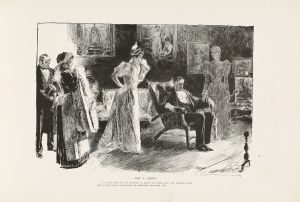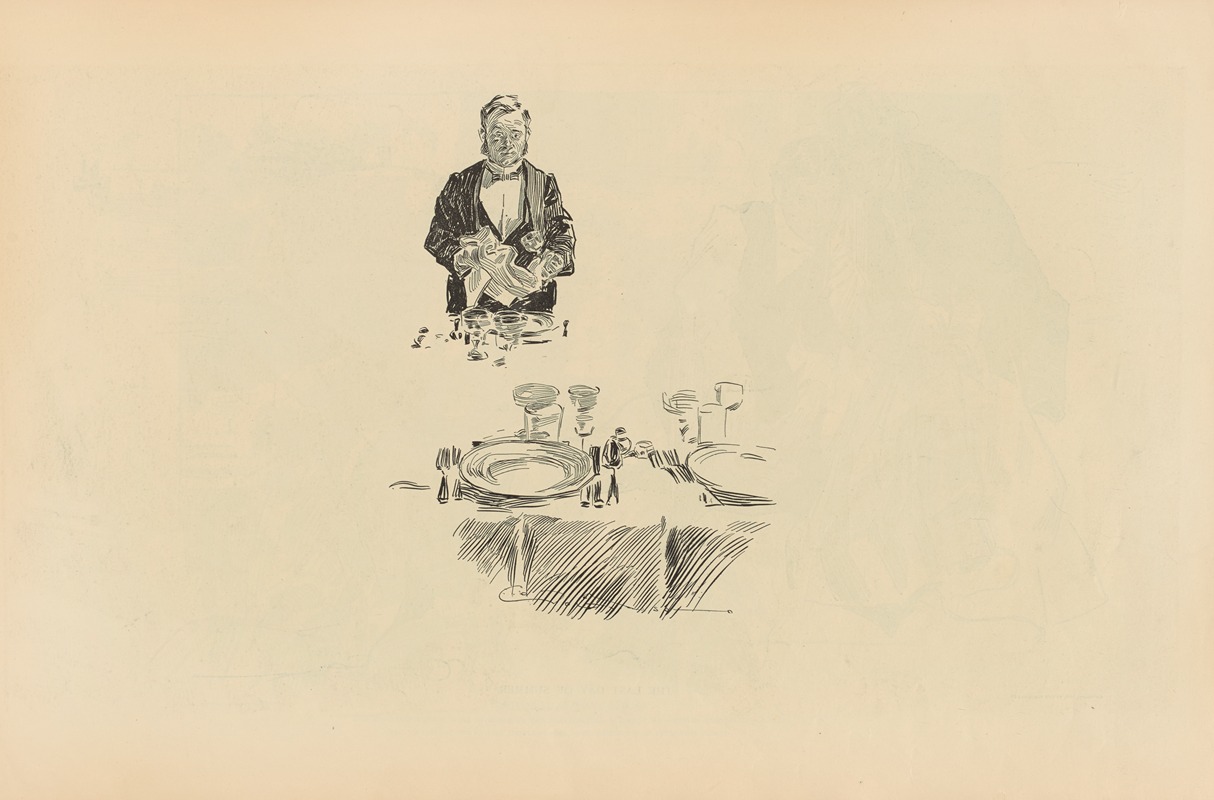
Untitled
A hand-painted replica of Charles Dana Gibson’s masterpiece Untitled, meticulously crafted by professional artists to capture the true essence of the original. Each piece is created with museum-quality canvas and rare mineral pigments, carefully painted by experienced artists with delicate brushstrokes and rich, layered colors to perfectly recreate the texture of the original artwork. Unlike machine-printed reproductions, this hand-painted version brings the painting to life, infused with the artist’s emotions and skill in every stroke. Whether for personal collection or home decoration, it instantly elevates the artistic atmosphere of any space.
Charles Dana Gibson was an influential American illustrator best known for creating the iconic "Gibson Girl," a representation of the idealized American woman at the turn of the 20th century. While Gibson produced numerous works throughout his career, many of which were untitled, his contributions to illustration and popular culture are well-documented.
Gibson was born on September 14, 1867, in Roxbury, Massachusetts. He studied at the Art Students League in New York City, where he honed his skills in drawing and illustration. His career took off when he began contributing to Life magazine in the late 1880s. Over the years, his illustrations appeared in various publications, including Harper's Weekly, Scribner's, and Collier's, making him one of the most prominent illustrators of his time.
The "Gibson Girl" emerged in the 1890s and quickly became a cultural phenomenon. She was depicted as a tall, slender, and elegant woman, often portrayed in fashionable attire and engaging in various activities that showcased her independence and confidence. The Gibson Girl was seen as a symbol of the modern woman, embodying both beauty and intelligence. This character became so popular that it influenced fashion, hairstyles, and societal norms of the era.
While many of Gibson's works were published without specific titles, they were often recognized by their themes and the characters they portrayed. His illustrations typically featured scenes of social interaction, romance, and leisure, capturing the essence of American society during the Gilded Age and the Progressive Era. Gibson's style was characterized by its clean lines, attention to detail, and the ability to convey emotion and narrative through imagery.
Gibson's impact extended beyond illustration. His work played a role in shaping the perception of women in society and contributed to the evolving dialogue about gender roles during a time of significant social change. The Gibson Girl became a reference point for discussions about femininity, independence, and the changing status of women in the early 20th century.
In addition to his work as an illustrator, Gibson was also involved in other artistic endeavors. He served as the president of the Society of Illustrators in New York and was a member of the National Academy of Design. His influence on the field of illustration is evident in the generations of artists who followed, many of whom drew inspiration from his style and thematic focus.
Charles Dana Gibson continued to produce illustrations until his retirement in the 1930s. He passed away on December 23, 1944, leaving behind a legacy that continues to be celebrated in the world of art and illustration. His work remains a testament to the power of visual art in capturing and shaping cultural ideals.
While specific information about a particular untitled work by Gibson may not be readily available, his overall body of work and its impact on American culture are well-documented and continue to be studied and appreciated today.





